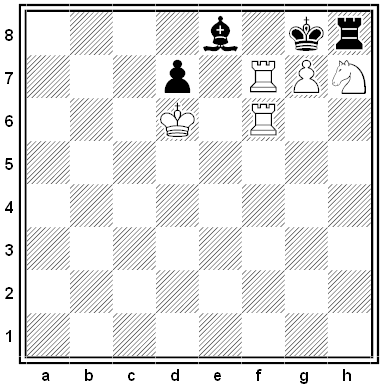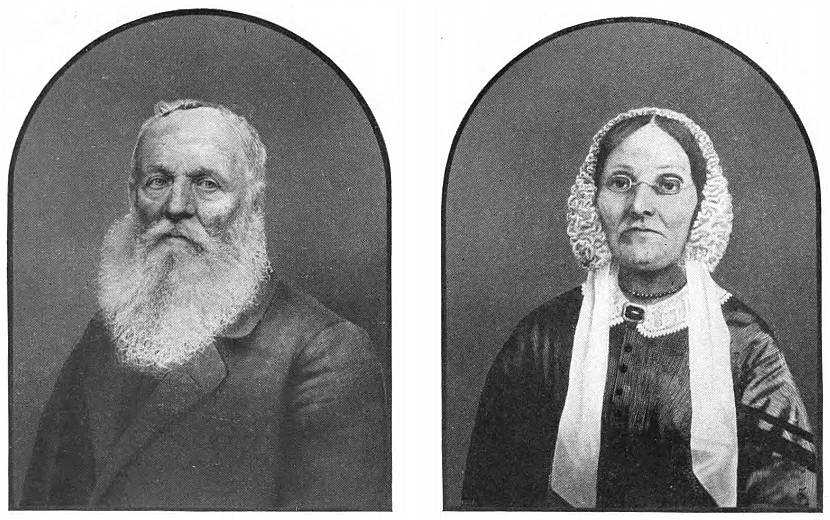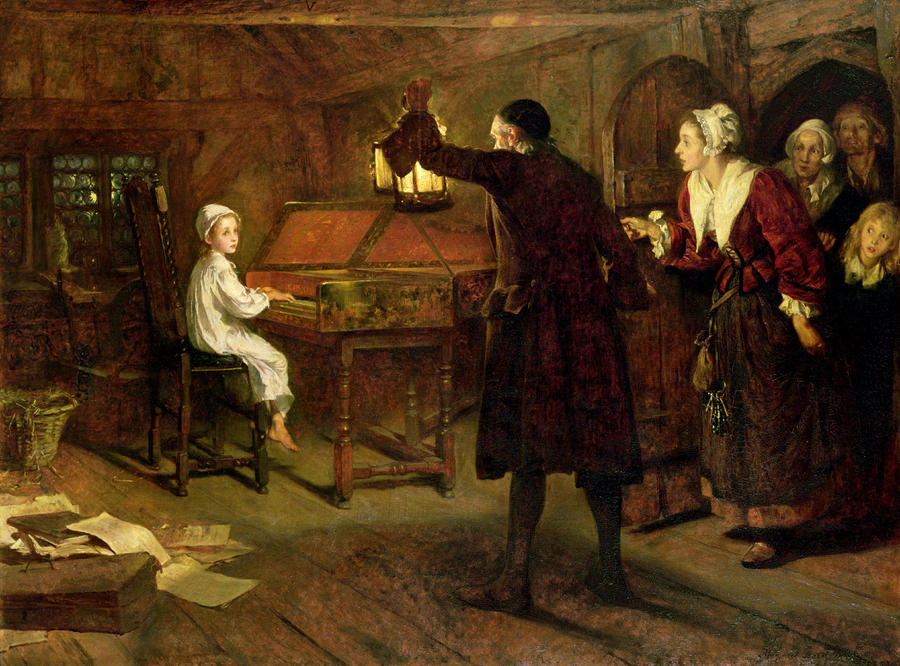
We never did stop ad libbing. No two performances were ever quite the same. One matinee, during the second month in New York, I cooked up a little surprise for Groucho. During one of his quieter scenes, while I was offstage, I selected a blond cutie from the chorus, and asked her if she’d like a bigger part in the show. She was willing and eager. I told her all she had to do was run screaming across the stage. She did, and I tore after her in full pursuit, leaping and bounding and honking my horn. It broke up Groucho’s scene, but when the laughs subsided, Groucho was ready to top it. ‘First time I ever saw a taxi hail a passenger,’ he said.
— Harpo Marx, Harpo Speaks!, 1961






